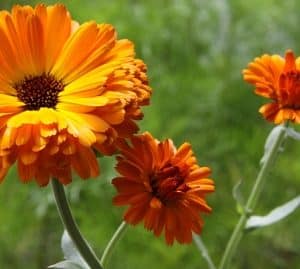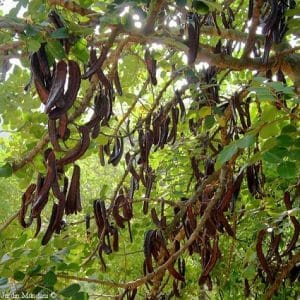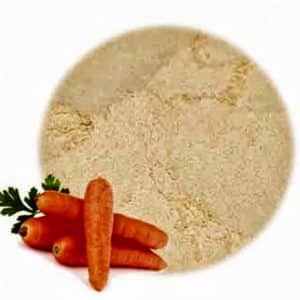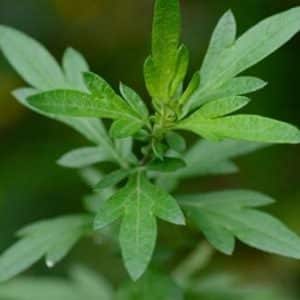Native to Australia and Tasmania, eucalyptus is now cultivated worldwide in tropical, subtropical, and temperate regions, including the Mediterranean area and South America. This fast-growing, evergreen tree can reach heights up to 400 feet, having a blue-gray trunk and bluish-green and covered with oil-bearing glands. The bark is peeling and papery, and the leaves are susceptible to frosts. Planting can cause ecological problems as the tree requires huge quantities of water, preventing the growth of native plants. However, it can be beneficial for drying up marshy areas, thereby, reducing the risk of malaria. The leaves are harvested as required.
Eucalyptus is a traditional aboriginal fever remedy that was introduced to the West in the 19th century by the director of the Melbourne Botanical Gardens. Cultivation soon spread to southern Europe and North America.
Historically, eucalyptus has been an effective treatment for malaria, typhoid, diphtheria, and influenza, and with such fetid conditions as upper respiratory infections with fetid cararrh, infected wounds with a foul discharge, foul diarrhea, vaginal infections with an unpleasant odour, and gangrenous conditions.
Key Actions
Key Components
Caution




